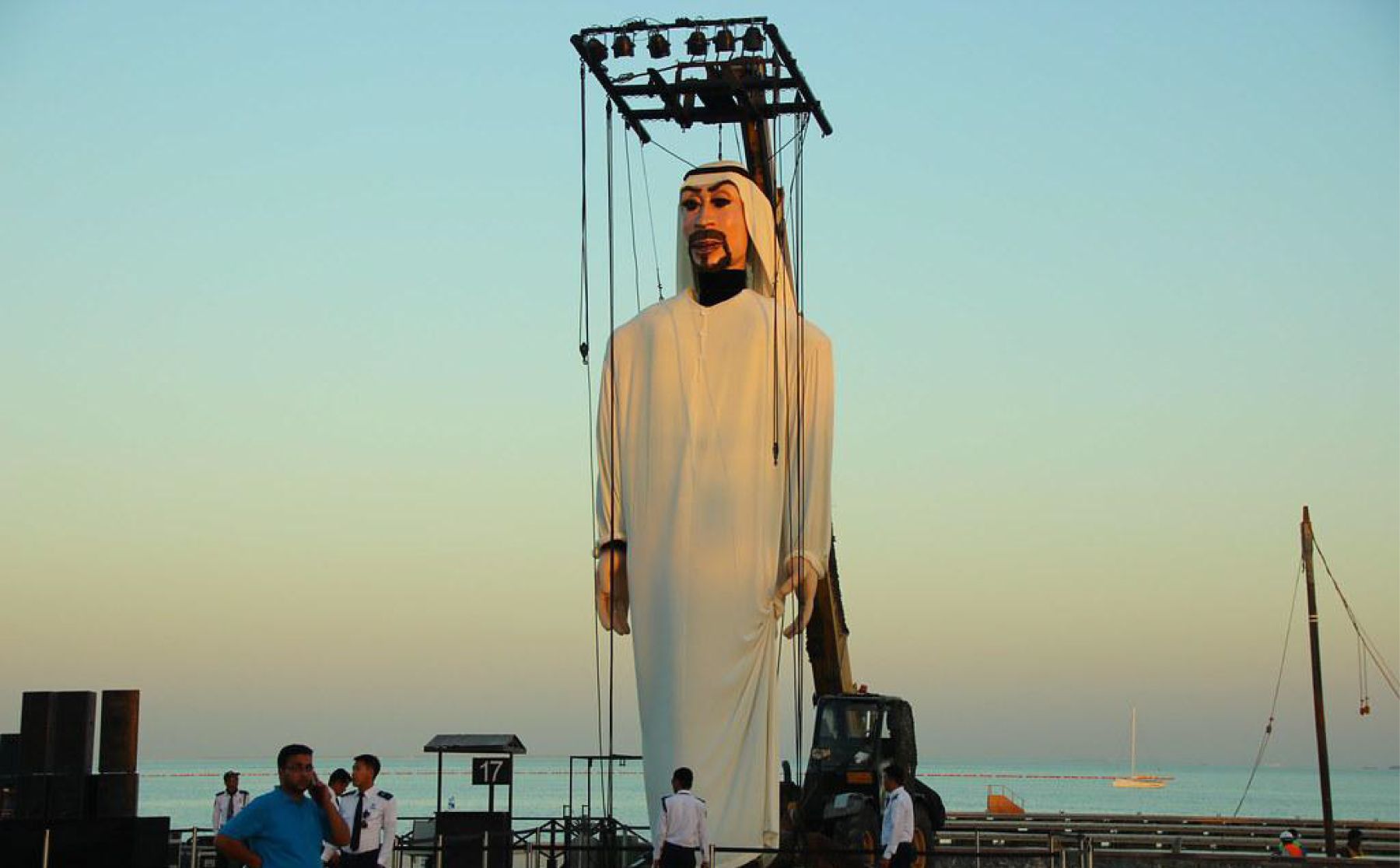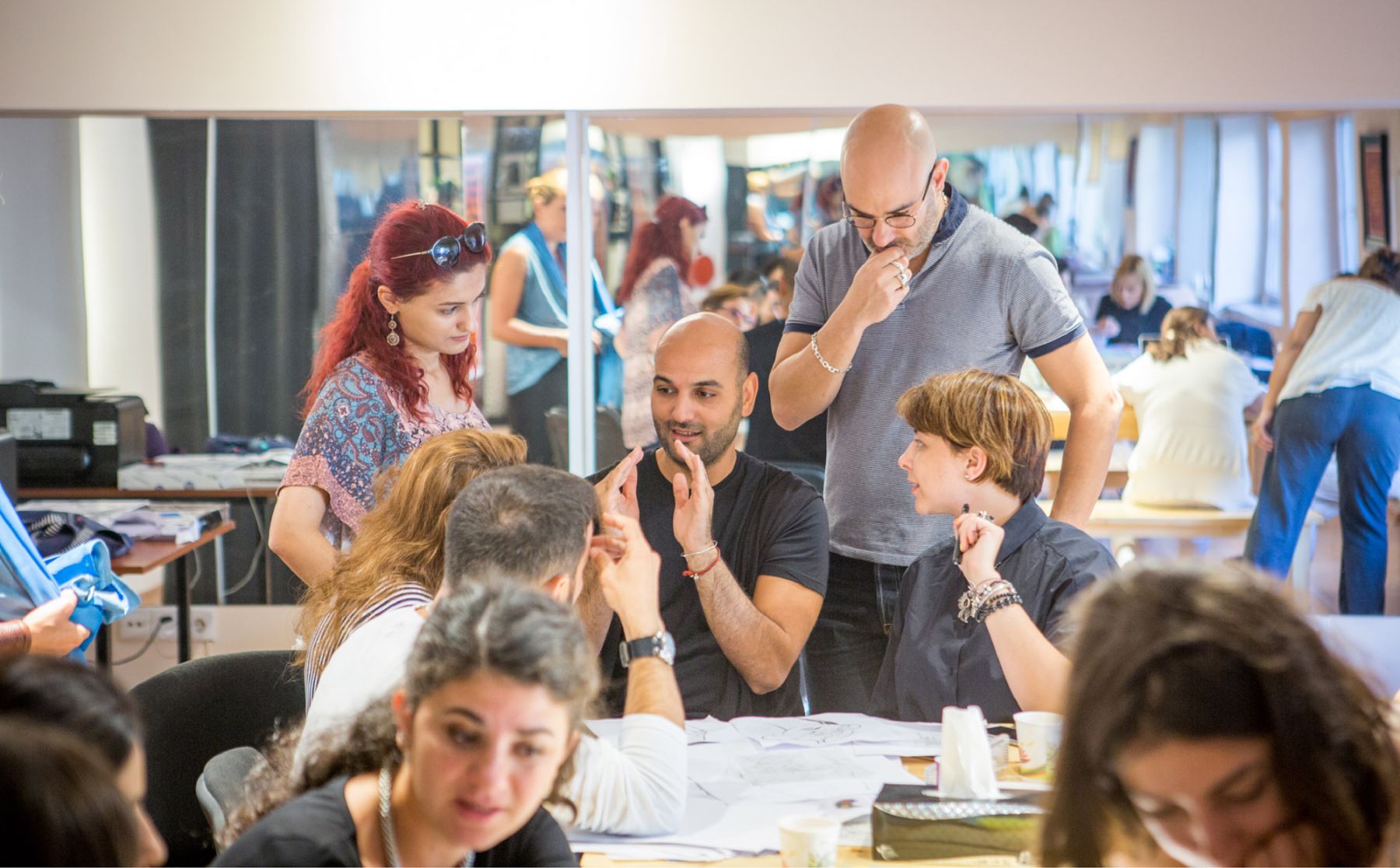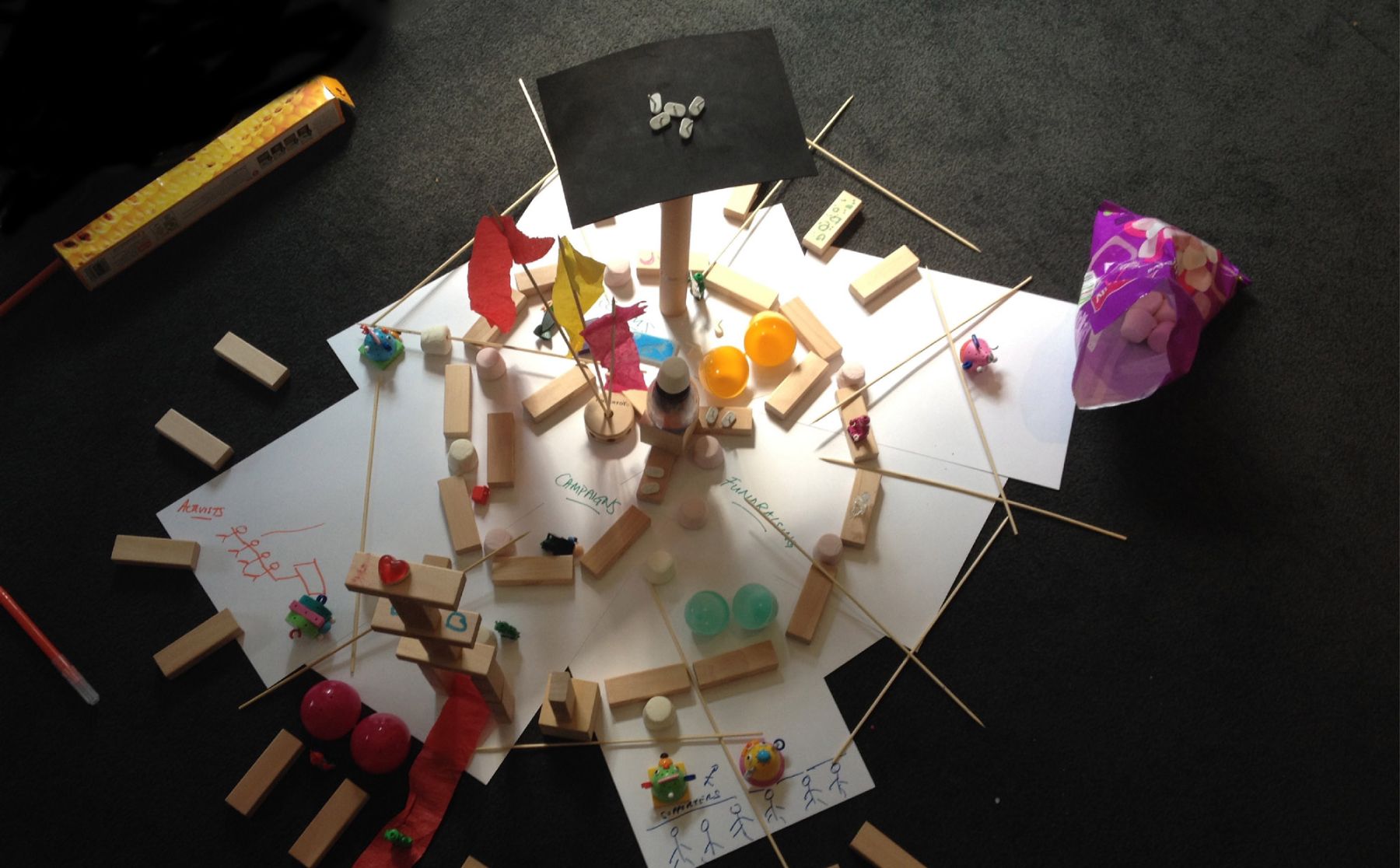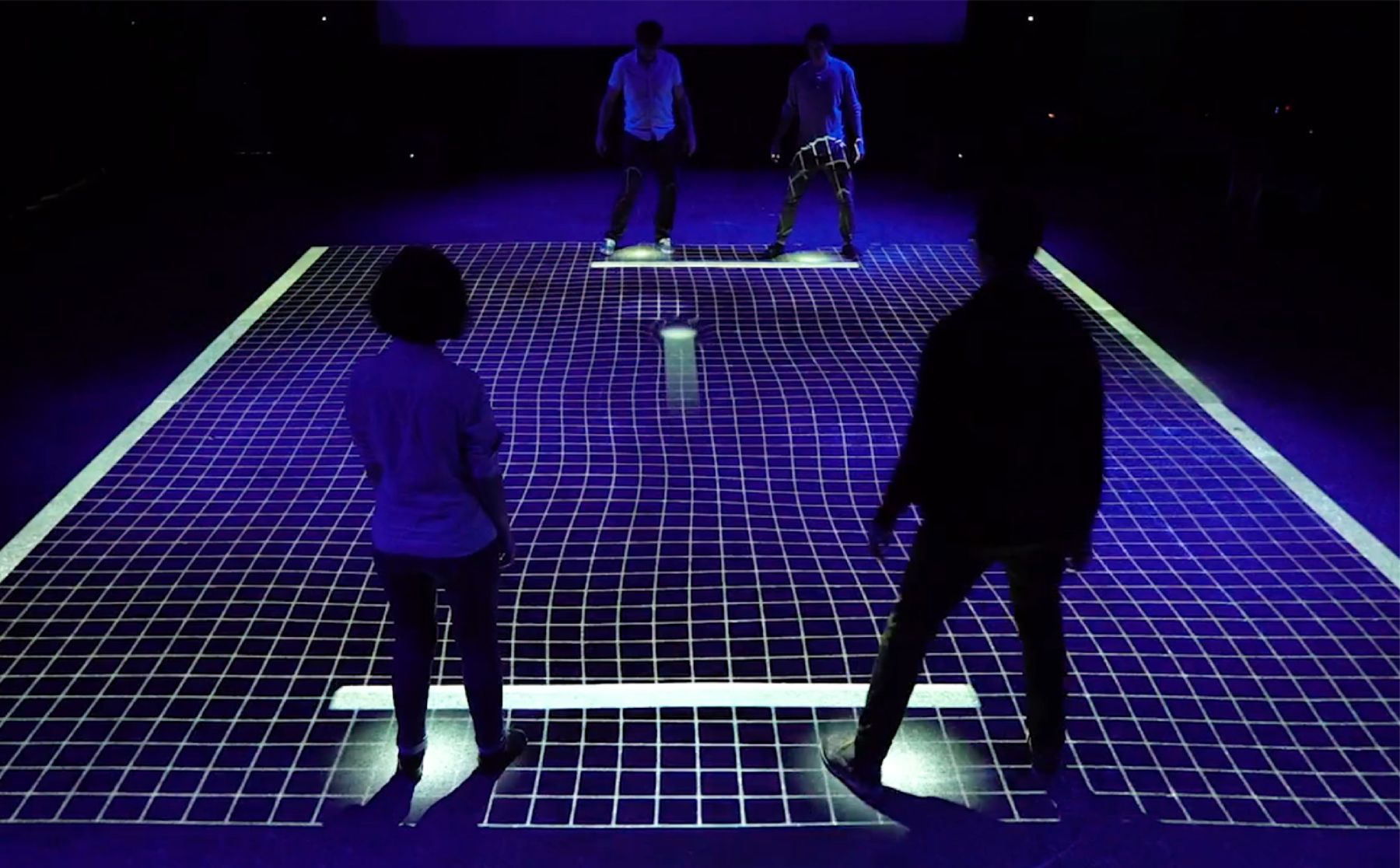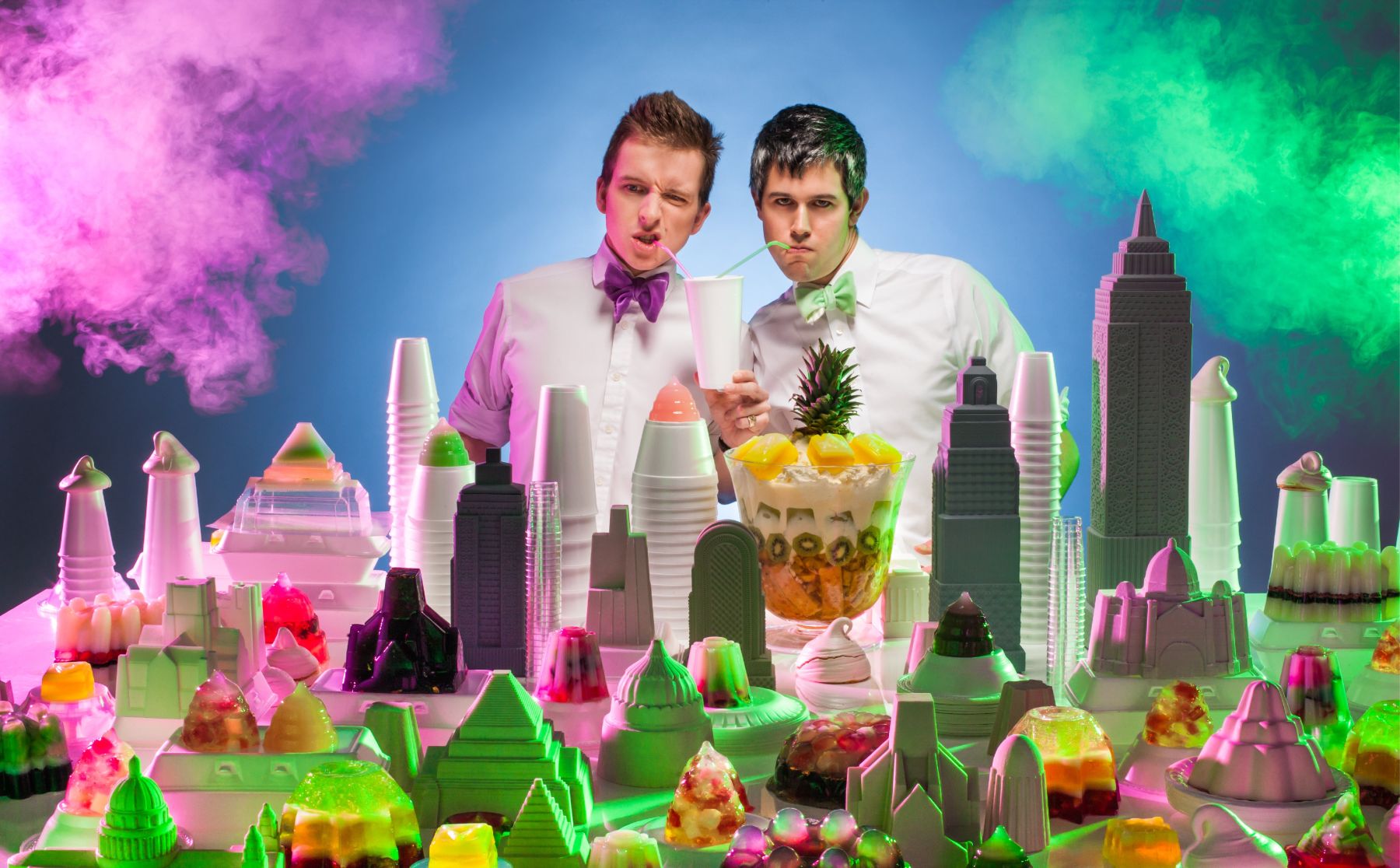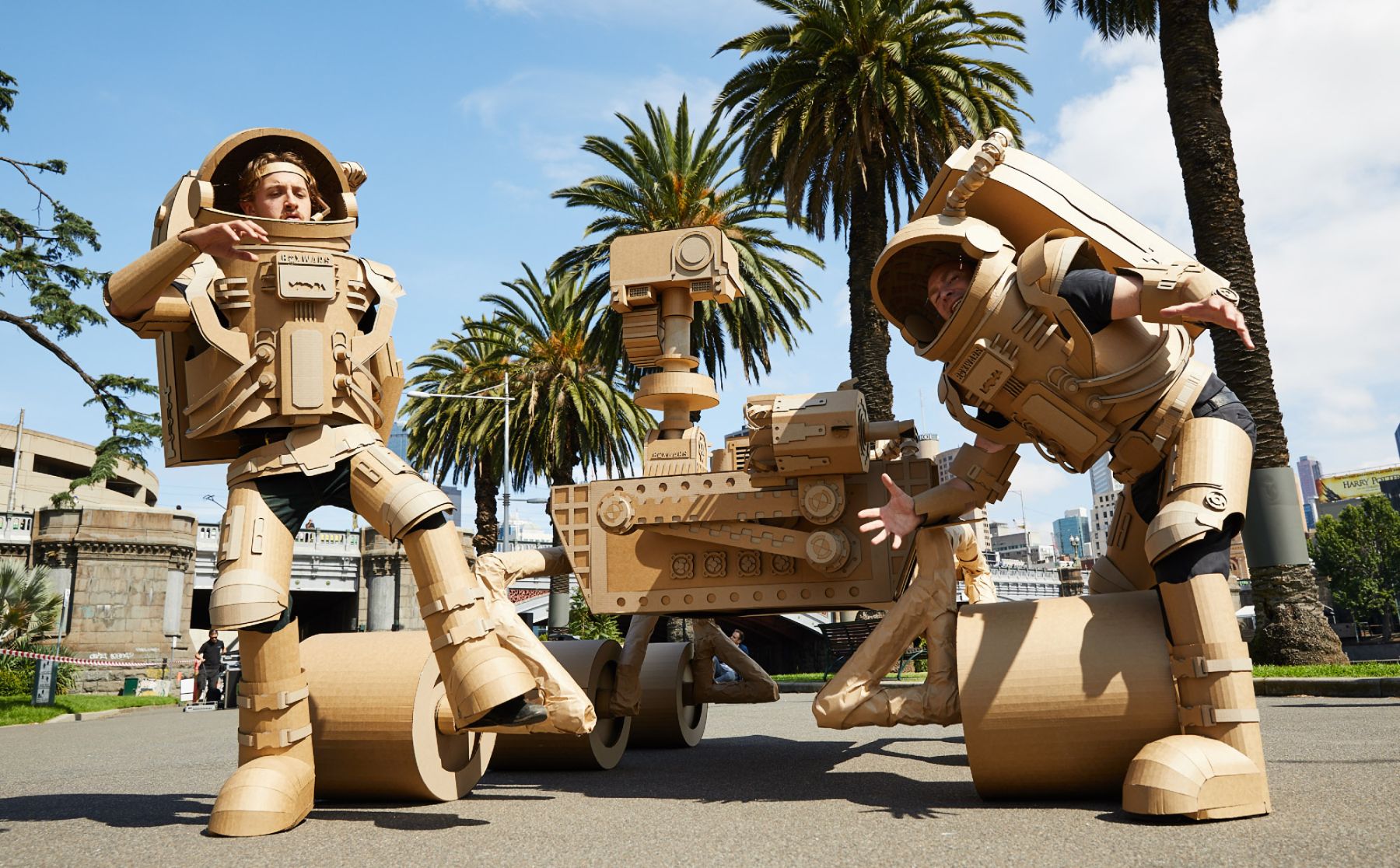Customs Vary but the Joy is the Same
Eid al-Fitr comes after Muslims have spent the holy month of Ramadan in worship and drawing close to God. It brings joy and gratitude for the completion of Ramadan and blesses the soul with the delight of worshiping the Almighty. Eid includes traditions and social customs which have accumulated through the generations. They are customs that define the festival and underline its importance.
Traditions and customs vary between societies and different countries, as Eid involves the emotions that people express and live in different ways depending on the nature of their country and culture. This is how Eid developed from its beginnings to become a dazzling international open bazaar of variety and colors varying according to cultural, social, and demographic backgrounds, and weaving its way into people’s daily lives.
Saudi Arabia: Kinship Comes First
In a conservative society committed to its traditional social heritage, family meetings become more frequent as family members, neighbors and friends visit each other to exchange blessings during Eid al-Fitr.
People often prepare their guest rooms to receive their guests on the first morning of Eid. They drink coffee and eat dates and chocolate to celebrate, and perhaps enjoy their favorite fast-breaking meals that have become associated with the first morning of Eid.
Indonesia: Greeting Cards
Modern means of communication have not yet changed the Indonesian habit of exchanging traditional greeting cards for the advent of Eid al-Fitr in the most populous Muslim country. The tradition is so strong that postal service employees postpone their vacations to deliver tens of millions of celebratory Eid messages between family members and loved ones. This is especially popular among residents of rural areas who value the pleasure and deep meaning the cards convey. However, this tradition seems to be lessening in the cities, as those in the larger urban areas send quick short messages via their phones or the internet.
Egypt: A Day of Food and Jokes
Eid in Egypt is dominated by traditional daytime dishes of salted fish, such as herring, mullet and sardines.
In addition, the alleys of Cairo and the cities' neighborhoods transform into festivals of joy and ululation. Loudspeakers welcome Eid by playing takbirs and folk songs, while the Egyptians meet in the streets and in public cafes to drink cups of tea, exchange jokes and share laughs after visiting their relatives and eating Eid ka'ak (cookies), a snack inherited from the time of the Pharaohs. Today, ka’ak has become a staple that Egyptian families either buy or prepare on Eid al-Fitr and decorate in up to 100 different ways.
Tunis: Traditional Dress
Preparations for Eid al-Fitr in Tunisia begin with a shopping expedition to buy new traditional dresses for the festival. They can include festive dress such as the Tunisian djerba. Families also prepare their homes to welcome guests.
In addition, public baths – which parents visit with their children – and the hairdressing and beauty salons, become exceptionally busy and extend their opening hours late into the night as Eid al-Fitr draws nearer.
Public transportation such as buses, trains and taxis also increase their operations to transport citizens between cities and regions, ensuring they get to visit their families, and spend Eid with them.
Turkey: A day for Turkish vine leaves
Eid is known in Turkish as "Bayram", which comes from a Persian word meaning joy and pleasure and which resonates with the equivalent meaning in Arabic.
Preparations begin with a comprehensive cleaning session for the entire house, scattering flowers on the terrace, hanging decorative lights and then cooking vine leaves in large quantities as well as preparing Turkish delight, baklava, and Cologne to offer to guests. Here, vine leaves replace Eid ka'ak.
It is customary for children to take their bags and knock on their neighbors' doors to collect treats. They repeat the phrase "Let your Eid be blessed" as they greet each other.
In villages, men eat their breakfast which is prepared by the youth of the village after performing the Eid prayer. There, each one of them brings their share, and they partake at a large dining table before they start greeting each other. In addition, municipalities install show tents to entertain the children, especially with puppet shows, while everyone shares the joy of Eid al-Fitr.


